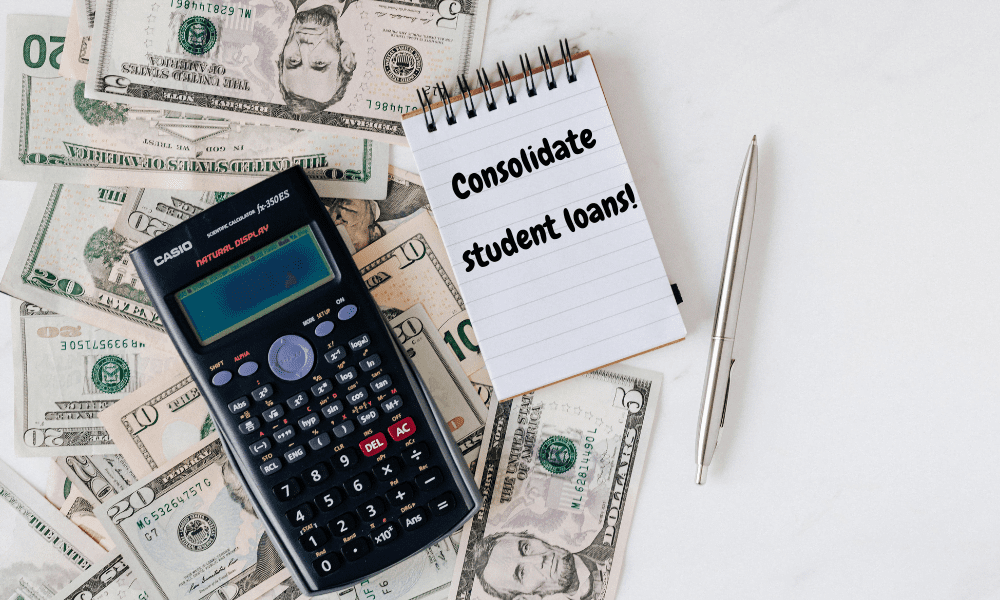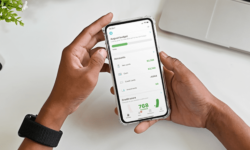Should You Consolidate Your Student Loans?
Consolidation makes student loans repayments manageable and affordable. When you consolidate your student loans, you combine your existing loans and use one loan to pay for them. You, therefore, have to make monthly payments to only one lender.
When borrowers take a student loan, money is disbursed every semester from the federal loan program. A considerable amount of this money is sourced from various lenders, so close to ten lenders will likely expect you to repay once you complete your studies. There could be other more lenders if the student takes another loan for graduate school.
Every loan given to students has varying interest rates, dues date, and payment amount. We all understand that it is not easy to maintain payment schedules, which are primarily complicated and cause people to default. Thus, why consolidation is a favorable solution.
Consolidation of student loans can be done through the Direct Consolidation Loan Program. You put together all your federal student loans to one with a fixed interest rate. Therefore, the interest rate will be arrived at by the average interest rate of the existing federal loans, rounded off to the nearest 1/8 of a percent.
Though there will be no decrease in the interest rates payable for federal loans, you will be eligible for repayment programs and forgiveness options. Some lenders can lower the interest rate when you make payments on time for a certain period or by making direct payments.
When to Consolidate Your Student Loans
Consolidating student loans may not be the best option for everyone, but there are benefits you could use to make your payments manageable. Here are the most common situations where you can consolidate a loan.
- Trying to lower monthly payments
After graduating, you get enrolled into a ten-year repayment plan. If your payments are not affordable for you, then consider consolidation. Your repayment period can be extended up to thirty years by taking a direct consolidation loan, lowering the payment period.
Even though the more extended payment periods will have you paying more interest, you enjoy the benefits of having some money for personal savings as you grow your career.
- You are not eligible for loan forgiveness or IDR plans
If you still owe prior federal loans via the Federal Family Education Loan Program or Perkins Loans, you cannot get the benefits such as;
- IDR plans
The IDR plan allows you to extend your loan repayment term, and the monthly payments will be reduced to a percentage that fits your income. Depending on how much you earn and the size of your family, you could be eligible for loan repayment as low as $0. After fulfilling your loan obligations for between 20 to 25 years, your existing balance will be forgiven. You will only have to pay taxes for the amounts that were dismissed.
- Public Service Loan Forgiveness
If you are a government employee or work at a non-profit organization that qualifies, you could get loan forgiveness. You only have to make more than 120 payments under the IDR plan for you to qualify. The rest of the loan balance will be forgiven without any tax obligations.
Therefore, consolidating your student loans is counted under the Direct Loan Consolidation Program, which means you meet an IDR plan and loan forgiveness requirements.
- You are looking for a fixed-rate loan.
If you still have federal loans to pay, some of them might have a variable interest, which determines your payments by the market condition. By consolidating your student loans, you can enjoy fixed-rate interest, which will give you steady payments. After consolidation, your payment period still stays the same.
Types of Loans You Can Consolidate
- Direct subsidized loans
- Guaranteed student loans
- National defense student loans
- Supplemental loans for students
- Subsidized Federal Stafford loans
- Unsubsidized and nonsubsidized federal Stafford loans
- Health education assistance loans
- Federal Perkins loans
- Health professions student loans
- Auxiliary loans to assist students
- Direct plus loans
- Federal-insured student loans
- Loans for disadvantaged students.
- National defense student loans
- Nurse faculty loans
- Nursing student loans
- PLUS loans from the federal family education loan (FFEL) program
- Parent loans for undergraduate students

Loan Refinance Vs. Loan Consolidation
There is a subtle difference between refinancing and consolidating student loans, and in many cases, the terms are used interchangeably. They both involve taking all your existing loans and combining them into one loan to be repaid.
However, refinancing applies primarily to private lenders—it does not apply for federal student loans. The most significant difference between the two processes are;
By refinancing student loans, you are eligible to get a reduced interest rate on the refinance. A loan consolidation takes all your existing loans and gets the average interest lower than the individual loans.
When you consolidate a federal student loan, you have many repayment options at your disposal, including the income-driven repayment plan. For refinancing, you only get an extended repayment period for your loan.
Read Also: When You Should Consider Refinancing Student Loans
If you have gone long without paying your federal student loans, you cannot qualify for a refinance with a private lender. But when you consolidate your loans, you can get an income-driven payment plan or a new payment program.
Consolidating a federal loan gives you the advantage of getting a federal forbearance period, loan forgiveness, and income-driven payment plans. You are, therefore, likely to lose your government benefits if you refinance your loan with private lenders.
If you want a reduced loan interest, a private lender refinance might be the best option for you. But if your credit score is not appealing or you want to get the federal student loan benefits, you might be in a better position to consolidate your student loans.
Read Also: How to fix your bad credit score



